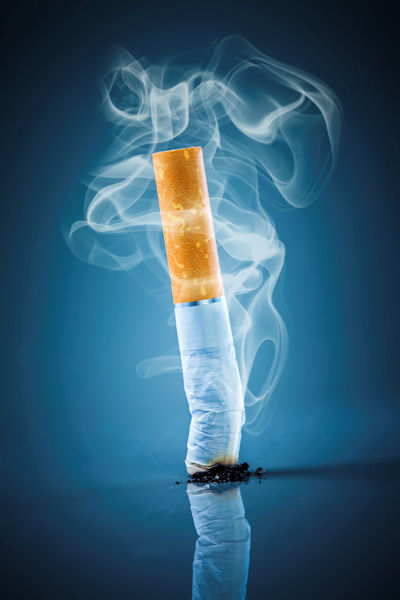 Georgia has come a long way toward reducing exposure to second-hand smoke, but a new report from the United States Census Bureau indicates that there’s still plenty of room for improvement.
Georgia has come a long way toward reducing exposure to second-hand smoke, but a new report from the United States Census Bureau indicates that there’s still plenty of room for improvement.
A study published this week in the bureau’s Morbidity and Mortality Weekly Report compared the number of households that reported being smoke-free from 1991-1992 to 2010-2011. The report broke down the findings state-by-state, and showed that the number of all households in Georgia that report being smoke-free had grown from 41 percent in 1991 to 85 percent by 2011. Better, the number of households that report having no smokers residing there have grown from 55 to 92 percent.
The improvement in smoke-free homes comes not only from a lower total number of Americans using tobacco, but from people being more willing to tell smokers to “take it outside” — including smokers who reside in the home.
Research shows that most exposure to second-hand smoke occurs in the home, since smoking has been virtually eliminated in most stores, restaurants and workplaces. Many municipalities have also curbed smoking in public spaces, including parks and public music venues.
Second-hand smoke comes from any burning tobacco source, including cigarettes, cigars or pipes. It contains more than 7,000 chemicals, including hundreds that are toxic and about 70 that are known to cause cancer. According to the Centers for Disease Control and Prevention (CDC), more than 2.5 million nonsmokers have died from exposure to second-hand smoke in the past 50 years.
The CDC cautions that eliminating smoking indoors is the only way to fully protect nonsmokers from exposure to second-hand smoke. Using devices to clean the air, opening windows or ventilating buildings does not eliminate second-hand smoke exposure.
Second-hand smoke is harmful to children, causing ear infections; more frequent and severe asthma attacks, respiratory symptoms, including coughing, sneezing and shortness of breath; and an increased risk for sudden infant death syndrome, or SIDS. Second-hand smoke is also responsible for up to 300,000 new cases of bronchitis and pneumonia each year among children age 18 months and younger, and up to 15,000 hospitalizations annually.
For adults who have never smoked, exposure to second-hand smoke increases the risk for heart disease by up to 30 percent, resulting in nearly 34,000 heart disease deaths annually. Strokes and heart attacks are also tied to exposure to second-hand smoke, and nonsmokers who are exposed to second-hand smoke at home or work are up to 30 percent more likely to develop lung cancer, leading to 7,300 lung cancer deaths annually among adult nonsmokers in the United States.
Nationally, the number of smoke-free homes rose from 43 percent in 1991 to 83 percent by 2011. Western states generally have the highest rate of smoke-free homes. Kentucky and West Virginia, where only 69 percent of homes are smoke-free, lagged behind the rest of the nation.
Winter’s Coming
Farmer’s Almanac is one of the longest-published periodicals in the nation, and has kept forecasts and weather charts going back almost two centuries. The publication correctly predicted last year’s bitterly cold and frosty winter, and it says the coming winter will be even worse.
Tired of taking your habit out to the porch or patio? Get Healthy, Live Well offers free smoking cessation classes. Sign up for a class starting soon, so you’ll have the skills to be tobacco-free before the snows start to fall.